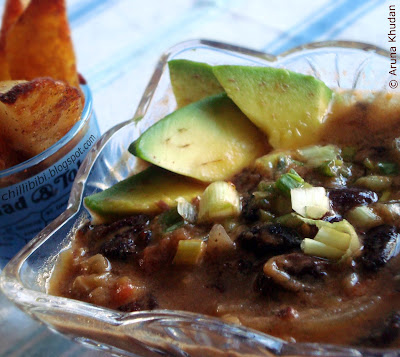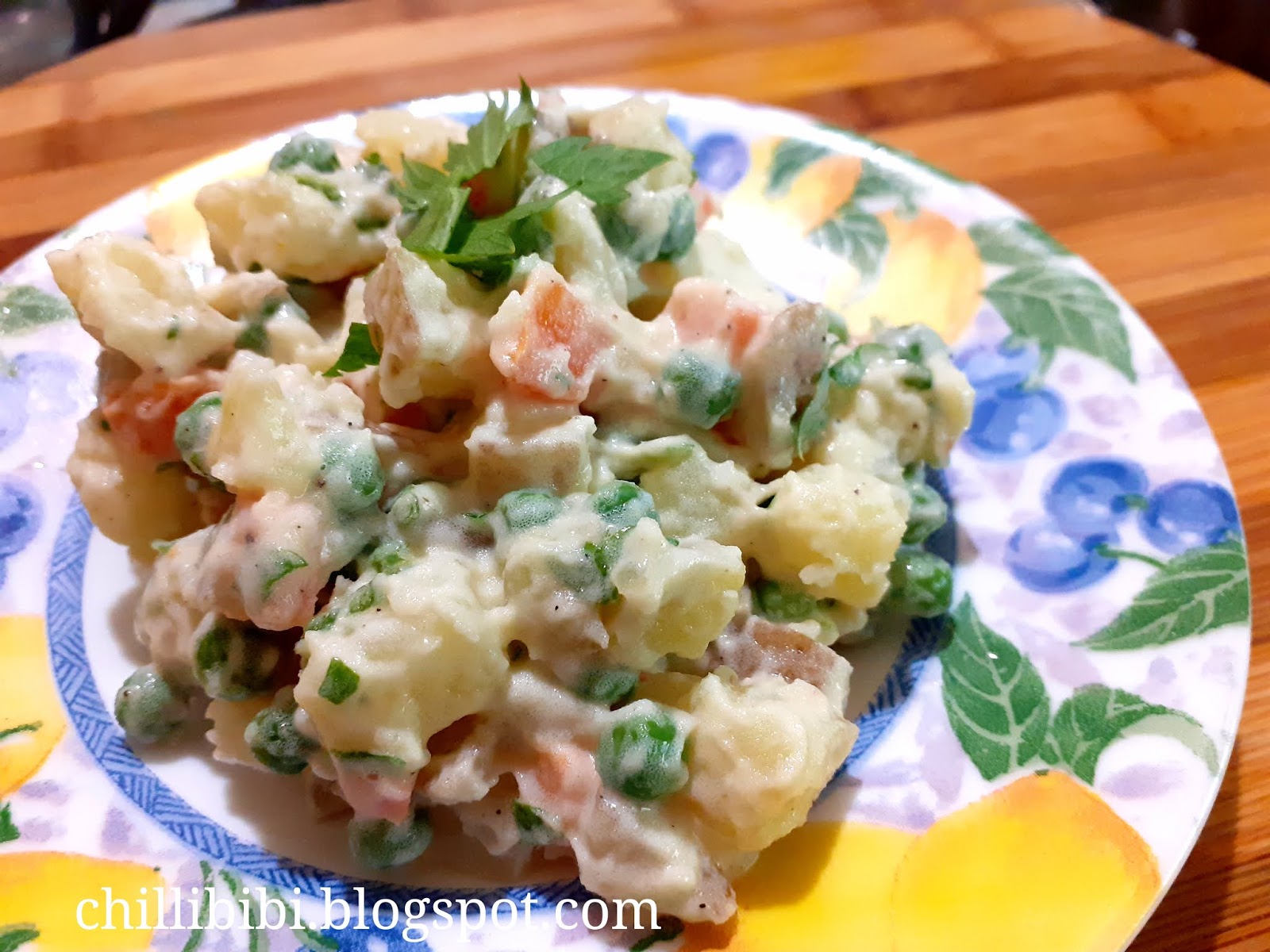These Beans are on Fire!
Think
I have been hearing too much election campaigns lately. By the time I
post this, I believe the people of Chaguanas would have decided on a
member of parliament for Chaguanas West. Elections are great affairs
in theory; reality is a whole other ball-game. While you want to get
all your facts and hear what each candidate has to offer, more often
than not the campaign becomes sidelined by how bad the other
candidate is, leaving little room for the real issues. Hopefully one
day we will get the “new politics” that we have been promised in
Trinidad.
In
the category of beans and legumes there are many great candidates;
red beans. black eye beans, channa, pigeon peas, mung beans, urad
dhal, green lentils, lima beans, red lentils, pinto beans, soya
beans, the normal yellow dhal that we use in Trinidad to make dhal
etc.
Beans
in general are great sources of protein and if you’re vegetarian,
like I was for over 16 years, your major source of protein. When
you’re vegetarian, you really start to appreciate beans in all
their glory. In Trinidad, the beans most used are red
beans with lentils a close second followed by black eyed beans and
pigeon peas when in season. And with respect to dhal, the average
trini would only think of the yellow kind, since this has been used
so much to make dhal, it’s even called dhal! The older folks will
remember urdi dhal and mung but nobody really uses these varieties as
much anymore.
 When
it comes to beans one of my favorite is red beans, and I love it
stewed. You can find stewed red beans all over Trinidad, it’s a
popular staple eaten with fried rice, stewed chicken, macaroni pie
and callaloo for lunch. When it comes to dhal, my favourite would be mung beans. They are light and easy to digest and the washed split version cooks in 10 minutes. Urad dhal looks like black mung beans, and take much longer to cook but have a rich flavour and silky texture.
When
it comes to beans one of my favorite is red beans, and I love it
stewed. You can find stewed red beans all over Trinidad, it’s a
popular staple eaten with fried rice, stewed chicken, macaroni pie
and callaloo for lunch. When it comes to dhal, my favourite would be mung beans. They are light and easy to digest and the washed split version cooks in 10 minutes. Urad dhal looks like black mung beans, and take much longer to cook but have a rich flavour and silky texture.Makes 5-8 servings
Time
1 ½ hrs beans cooking time + 45 mins
Skill Easy
Cuisine Trini,
vegetarian, low fat, vegan
Difficulty: Medium
Ingredients
2¼
c red beans cooked
2tb vegetable oil
2tb sugar
1 ½ onion minced/sliced
5 cloves garlic minced
2 pimento peppers minced
1 whole congo pepper
2 tomatoes diced
2tb chives chopped
1 sprigs thyme
2tb vegetable oil
2tb sugar
1 ½ onion minced/sliced
5 cloves garlic minced
2 pimento peppers minced
1 whole congo pepper
2 tomatoes diced
2tb chives chopped
1 sprigs thyme
- 2tb ketchup
5 splashes Worcestershire sauce
3tb coconut milk powder (optional)
1/4tsp chilli powder
Pinch black pepper
- If using dried red beans, soak beans overnight or for a few hours, and discard liquid. Add beans to a pot and cover with water and boil until soft. Alternately use canned red beans.
- Put a dry saucepan on medium heat and add oil and sugar. Have a ½ cup of water on hand and a pot cover that will cover the saucepan.
- Lower heat and wait till sugar caramelises and makes big bubbles. Cover pot leaving a space where you can pour the water into the pan so that of the oil splashes the cover will protect you.
- When the pot stops sizzling, remove cover and add onions and garlic and cook down. Add tomatoes and pimentos and cook for a few more minutes. These veggies will cook down and melt and make a thick sauce for the red beans. Heat some water to boiling in a kettle.
- Add beans now to pot and worcestershire sauce, chilli powder and black pepper and stir to incorporate.
- Add hot water, just enough to cover beans and stir.
- Add sprig of thyme and whole congo pepper at this stage.
- Let simmer on low heat for ½ hour, adding more water if necessary.
- When the sauces looks thick and almost done, mix the coconut milk powder with a little water and adds to pot and mix. Or use fresh coconut milk if you have.
- Take off heat and add chives and bandania if you have. I didn’t have bandania (chadon beni).
Tips:
- Dont add whole congo pepper with onions and garlic. You don’t want to fry the pepper as it will get hotter. Also unless everyone who will eat this loves hot pepper, keep it whole during the cooking process.
- Add chives at the end do they stay green and crisp and keep their bright flavour.




Comments
Post a Comment